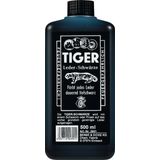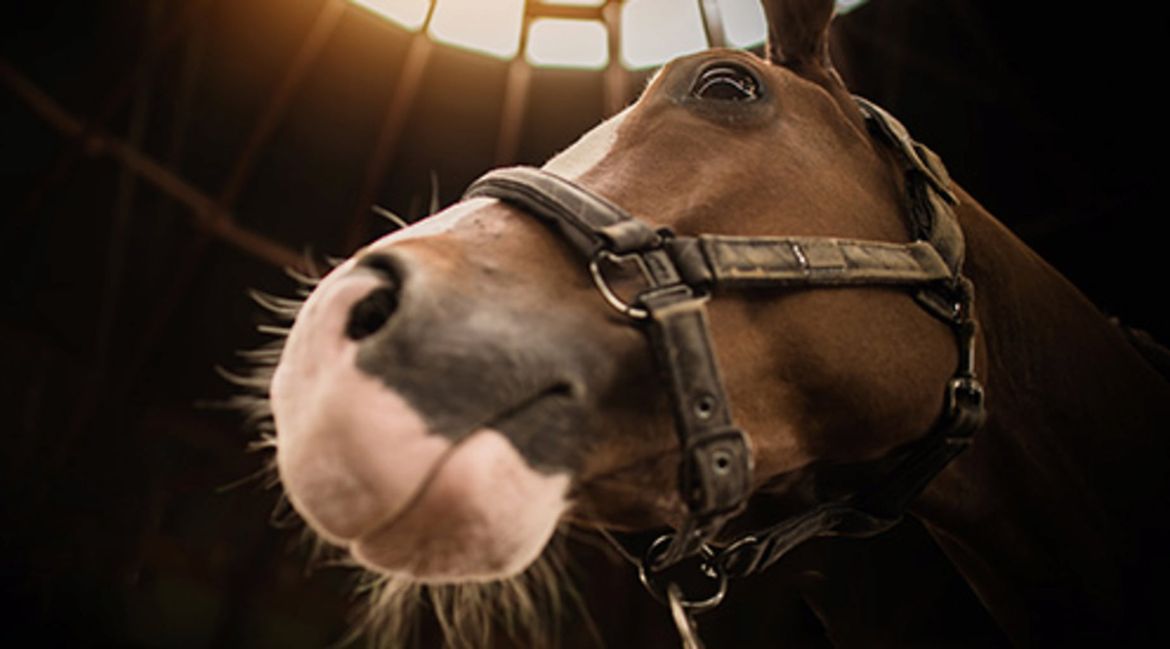Auxiliary Reins: Help for Beginners
There are basically two camps when it comes to auxiliary reins - and these two camps have probably been discussing the sense or nonsense of auxiliary reins as long as they have existed.
One camp uses correctly strapped auxiliary reins as support, the other camp demonises them as a torture tool. Since opinions differ so much and the two camps are irreconcilable, it's not that easy to form your own opinion on this subject.
Another reason is that many riders are not as familiar with the use of auxiliary reins as they would like. The result is incorrectly placed auxiliary reins, which, of course, can be extremely uncomfortable for the horse. When these mistakes are made they can serve as ammunition for the camp which generally sees auxiliary reins as cruel.
Basically, however, it can be said that correctly applied auxiliary reins are not bad per se. Beginners and their horses can be supported by the auxiliary reins, and that's exactly what they're supposed to do. Auxiliary reins are an enormous relief for beginners, after all, they are not yet fully seated and find it difficult to find the right balance, the horse can then not be ridden with the right support and the seat is often not quite correct. In addition, you also have to pay attention to the correct hand position and of course, in general, you should also keep an eye on the environment and, of course, the goal.
As a beginner, it is not easy to reconcile everything and you are quickly overwhelmed. Auxiliary reins can provide support here by conveying a feeling for the right fit and the right posture.
Goal: No auxiliary reins
Of course, it should be the goal of every rider in training to be able to ride without auxiliary reins. And just because you're at the very beginning of your riding career doesn't mean you should always use auxiliary reins. The same applies as with all aids: Use as much as necessary, but as little as possible.
Auxiliary reins suitable for inexperienced riders
There are many different types of auxiliary reins and all of them have their advantages and disadvantages or are not all suitable for every rider. Here we briefly show you two of the most popular types of auxiliary reins, which are also very suitable for beginners:
Side reins
These auxiliary reins consist of two individual reins that are attached to the left and right between the bit ring and the saddle girth. The reins should always be level when the horse is walking with its head in the correct position. They must be set so long that the horse does NOT get behind the vertical when leaning correctly.
With these reins, beginners can concentrate very well on the seating, because the reins give the horse a clear frame. However, it is essential to ensure that it is put on correctly.
These reins are suitable for beginners on the lunge or for the first riding lessons in a group. Where the right experience is still lacking, the reins can have a supportive effect.
Triangle reins or Viennese reins
This type of auxiliary rein is very popular. Triangle reins are a help for beginners who have already mastered the lateral aids, but still need support forward. These auxiliary reins can also be used well when lunging because they offer the horse the opportunity to stretch to a certain depth.
The triangular rein consists of a thick band that runs between the front legs and is attached to the centre of the saddle girth. In front of the chest, the strap forks into two thinner straps. These are passed from the inside to the outside through the respective bit rings on the left and right and attached to the saddle girth (or lunging girth). With the correct head posture, the strap should be slightly horizontal just before the vertical.
Latest reviews
-
 5.0 (3)
5.0 (3)VEREDUS Super Sheen, 1 l
-20%- Knot-free for 2 weeks
- Shortens the cleaning time
- Does not stick or grease
£19.66 £24.58 (£19.66 / l)Delivery by December 24
-
 5.0 (3)
5.0 (3)Bense & Eicke TIGER Leather Black, 500 ml
-10%- Ideal for restoring colour
- For repair of cut edges
- Intensifies black leather
£17.69 £19.65 (£35.38 / l)Delivery by December 24
-
 5.0 (2)
5.0 (2)NATUSAT Linseed Oil Premium, 2.500 ml
- Particularly easy to digest
- With omega-3 fatty acids
- Promotes shine in fur and hair
£27.00 (£10.80 / l)Delivery by December 24
-
 5.0 (1)
5.0 (1)Cat's Love Advent Calendar, 48 g
-50%- Multiple treats per window
- Available while stocks last
- Grain-free, no added sugar
£10.57 £21.00 (£220.21 / kg)Delivery by December 24
Magazine Articles:
-
Great Britain: Free standard delivery from £79.90
-
Free
returns -
We operate in a
climate-conscious manner. More than 10.200 products
